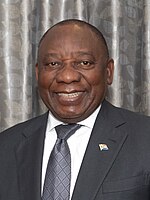
The 29th G8 summit was held in Évian-les-Bains, France, on June 1–3, 2003. As is usual for G8 summits, there were a range of protests.

The 9th G7 Summit was held at Williamsburg, Virginia, United States between May 28 and 30, 1983. The venue for the summit meetings was Colonial Williamsburg in Virginia.

The 21st G7 summit was held on June 15–17, 1995 in Halifax, Nova Scotia, Canada. The venue for this summit meeting was Summit Place in Halifax. It was labelled by Prime Minister Jean Chrétien as a "Chevrolet Summit", using a utilitarian automobile as a metaphor for the summit being less expensive than previous summits in Versailles and Venice.
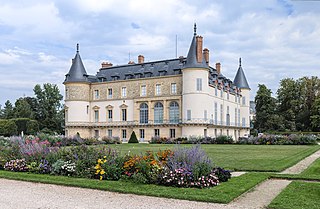
The 1st G6 summit took place on 15–17 November 1975, in Rambouillet, France. The venue for the summit meetings was the Château de Rambouillet near Paris.
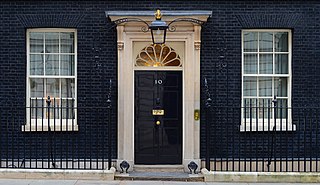
The 3rd G7 Summit was held in London, United Kingdom between 7–8 May 1977. The venue for the summit meetings was the British Prime Minister's official residence at No. 10 Downing Street in London.
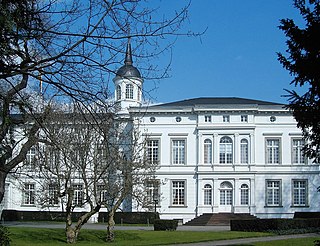
The 4th G7 Summit was held at Bonn, West Germany between 16 and 17 July 1978. The venue for the summit meeting was at the former official residence of the Chancellor of the Federal Republic of Germany in Bonn, the Palais Schaumburg.

The 5th G7 Summit was held at Tokyo, Japan between June 28 and 29, 1979. The venue for the summit meetings was the State Guesthouse.

The 7th G7 Summit was called the Ottawa Summit, and was held in Montebello, Quebec, Canada and nearby Ottawa between July 20 and 21, 1981. The venue for the summit meetings was the Château Montebello.

The 25th G8 Summit was held in Cologne, Germany, on 18–20 June 1999. The venue for this summit meeting was the Museum Ludwig in the central city.

The 24th G8 Summit was held in Birmingham, England, United Kingdom on 15–17 May 1998. The venue for this summit meeting was the International Convention Centre.

The 14th G7 Summit was held in Toronto, Ontario, Canada between June 19 and 21, 1988. The venue for the summit meetings was the Metro Toronto Convention Centre in Downtown Toronto.

The 13th G7 Summit was held in Venice, Italy between 8 and 10 June 1987. The venue for the summit meetings was the island of San Giorgio Maggiore in the Venetian lagoon.

The 12th G7 Summit was held in Tokyo, Japan between May 4 and May 6, 1986. The venue for the summit meetings was the State Guesthouse.

The 11th G7 Summit was held in Bonn, West Germany between May 2 and May 4, 1985. The venue for the summit meeting was at the former official residence of the Chancellor of the Federal Republic of Germany in Bonn, the Palais Schaumburg.

The 10th G7 Summit was held in London, England, United Kingdom from 7 to 9 June 1984. The venue for the summit meetings was Lancaster House in London.

The 8th G7 Summit was held in Versailles, France from 4 to 6 June 1982. The venue for the summit meetings was at the Palace of Versailles.

The 17th G7 Summit was held in London, United Kingdom between 15 and 17 July 1991. The venue for the summit meetings was Lancaster House in London.

The 18th G7 Summit was held in Munich, Germany between 6 and 8 July 1992. The venue for the summit meetings was at the Residenz palace in central Munich.

The 19th G7 Summit was held in Tokyo, Japan, on July 7–9, 1993. The venue for the summit meetings was the State Guesthouse in Tokyo, Japan.
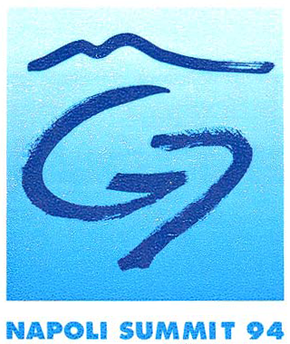
The 20th G7 Summit was held in Naples, Italy, on 8–10 July 1994. The venue for the summit meetings was the former Royal Palace in Naples.






